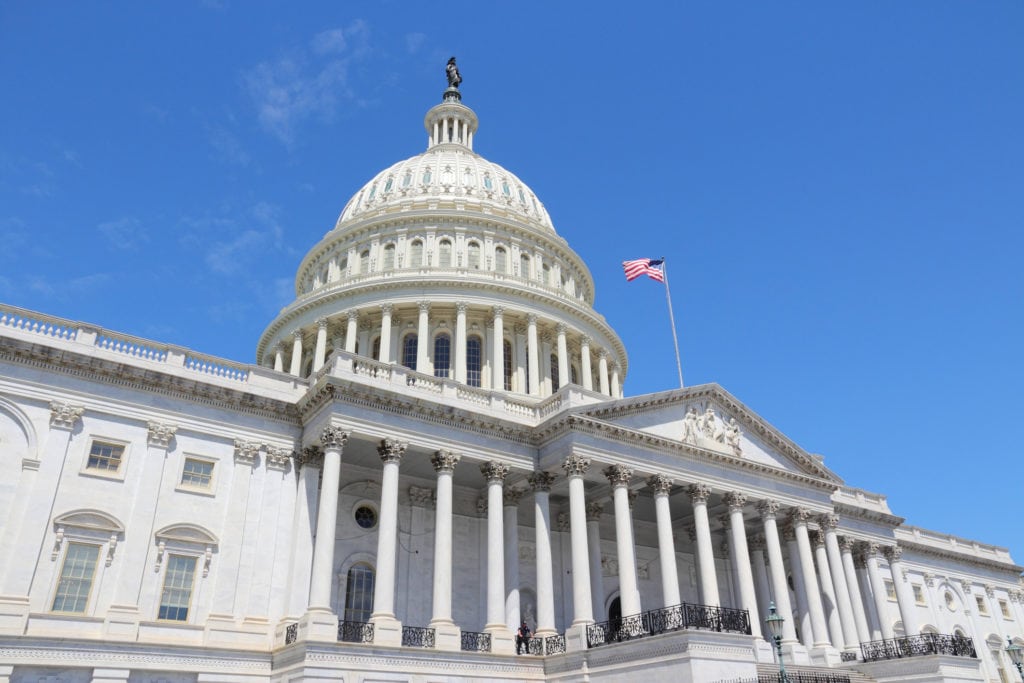
Local newspapers need to claim their share of the local political advertising dollars, estimated to be in excess of $11.5 billion this year.
To help newspapers make their case to local political groups and candidates, NAA commissioned Nielsen Scarborough to conduct a study on the influence of local media in the political process.
“Newspaper media is an efficient, efficient and influential way to reach registered voters in local media,” Gary Meo, SVP/Sales Director at Nielsen Scarborough said during Tuesday’s “Local Elections, Local Advertising” session. Local newspaper’s reach is further augmented, he said, by newspaper apps.
Newspaper political advertising is an efficient advertising for local candidates to buy because of its ability to reach those most likely to vote, Meo said. Here are a few interesting statistics from the study:
- A week’s worth of print and online content reaches 122 million registered voters, which is 64 percent of all registered U.S. voters.
- 29 percent of all voters said they visit their local newspaper website, with an average of 3.7 visits per week.
- Over 20 million votes have a local news app on their smartphone.
Newspapers particularly strong at reaching opinion leaders, voters who are interested in news and events in their local community, liberal and conservative voters, and those who decide who to vote for three or more weeks before the election, Meo said. The full study will be made available to NAA members.
With so many undecided voters, newspapers have an even greater opportunity to sell more political advertising this year, said John Kelly, principal at JK Marketing. Estimates are that local political spending will be six times more than was spent last election, he said.
If Trump is the Republican candidate some candidates may worry that his negative numbers may impact local elections, said John Kimball, managing general partner at The John Kimball Group, LLC. That could give newspapers a tremendous opportunity to encourage candidates to buy more political advertising because “they need to make the case for themselves and tell their story so they aren’t painted with a brush they don’t want to be painted with,” Kimball said.
Kelly asked if any of the newspaper sales teams in the audience were making calls to political agencies while they were in Washington, D.C. The Pittsburg Post-Gazette is making political calls between sessions, Kelly said, and they just landed a $58,000 buy from the GOP for a Pennsylvania race.
Target your local state and county candidates and political organizations, Kelly advised, and focus on selling digital assets. “They don’t know us or understand our business so don’t try to pitch ROP or a print solution,” he added. Find a staff person who is passion about politics and wants to make extra money and put them in charge of the effort.
Not sure who to contact? You can access the logs on political ads for TV, which will tell you which candidate placed the ad and if there was an agency involved. Radio and TV have limited ad inventories, but newspapers have as much inventory as they need and that could play to newspaper’s benefit as this election gets tighter, Kelly said.
But, Kelly warned, don’t rely on email. You need to meet with candidates face-to-face. And since they aren’t as well versed in what they can buy and or what newspapers can offer, Kelly suggests creating a digital flipbook that shows what advertising newspapers can offer.
